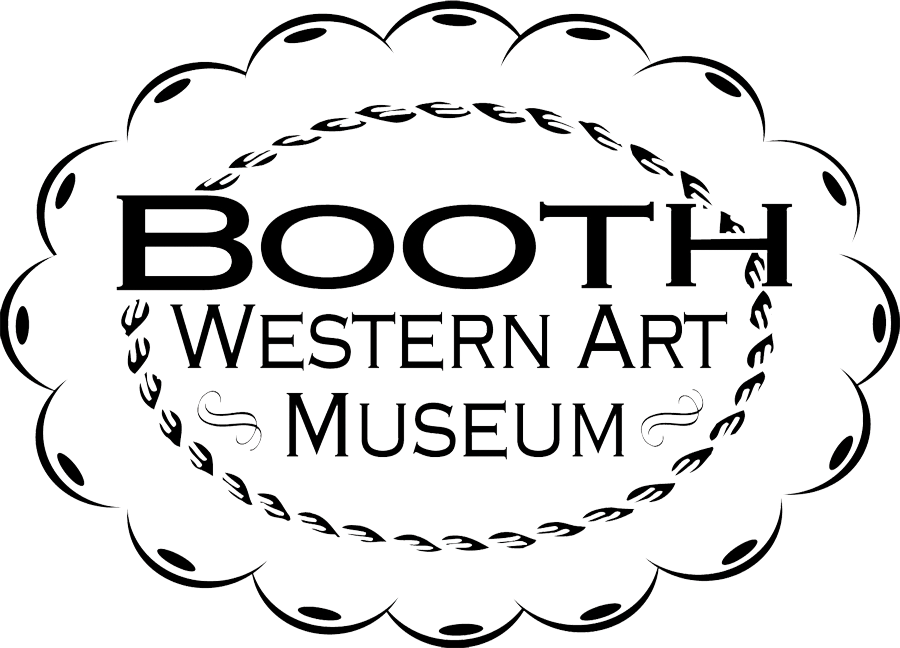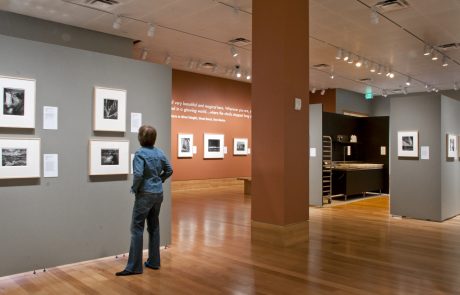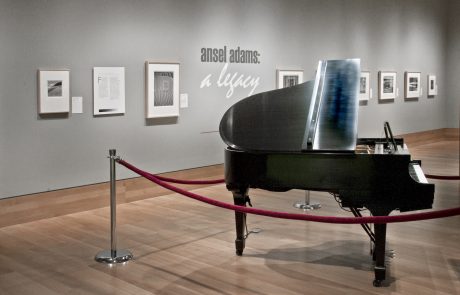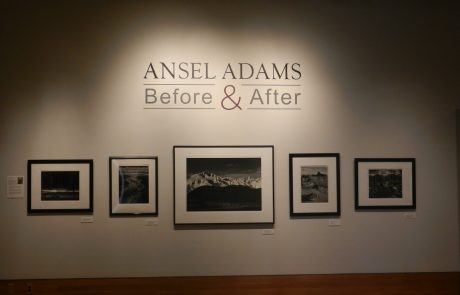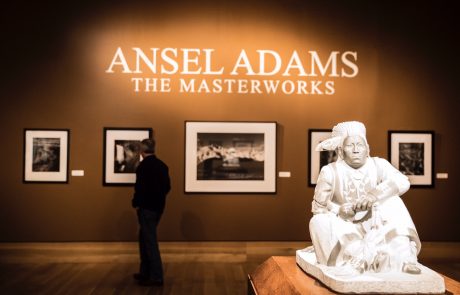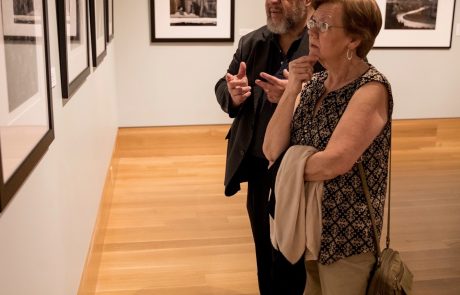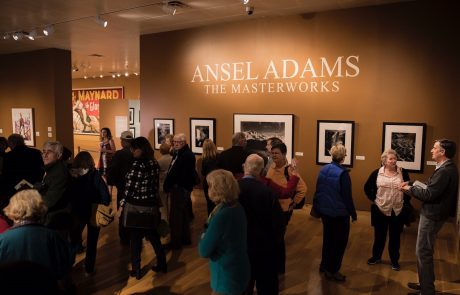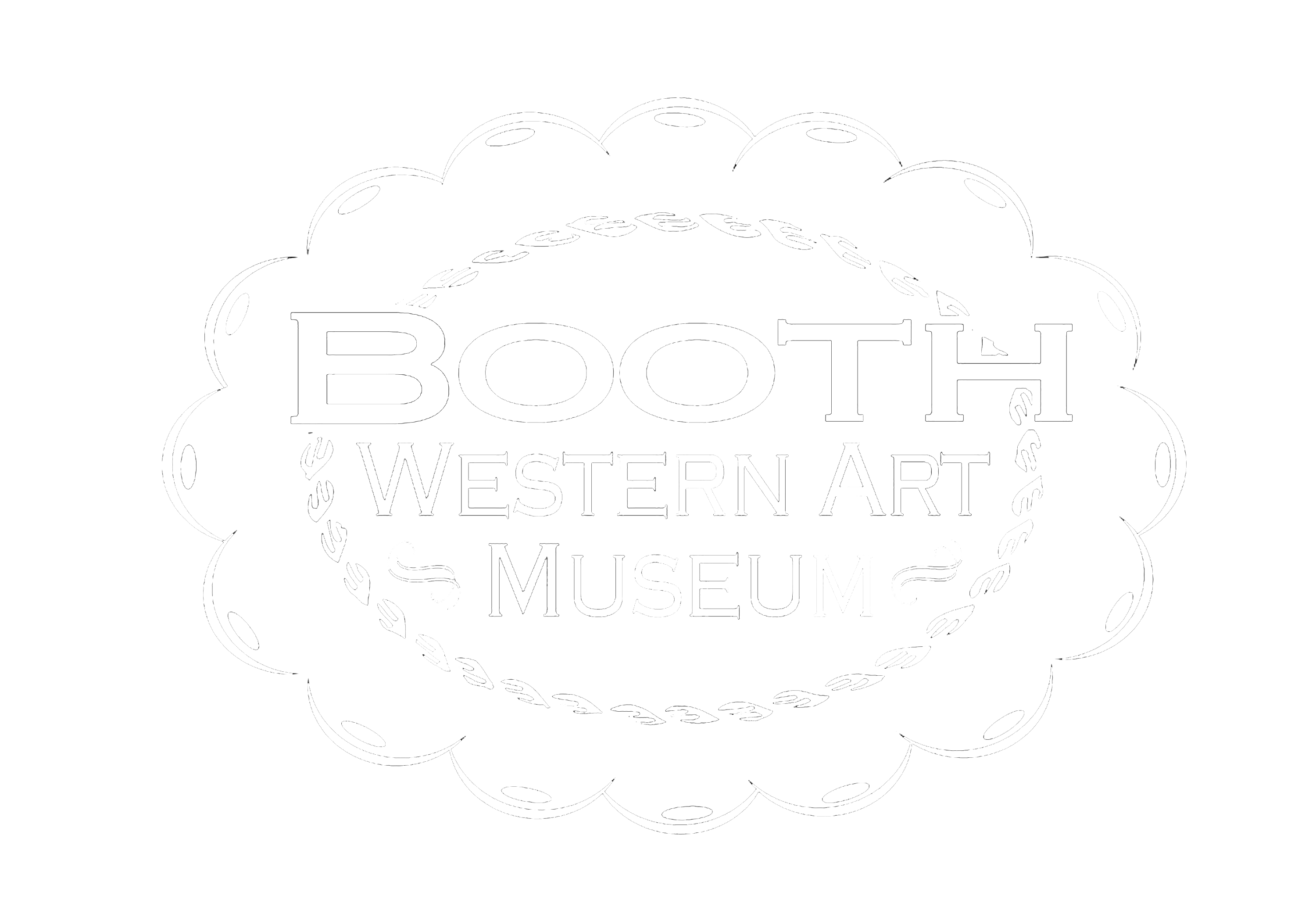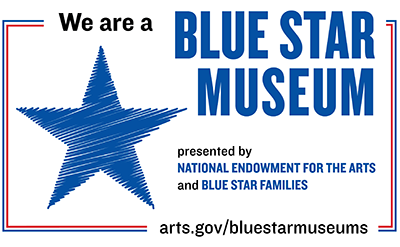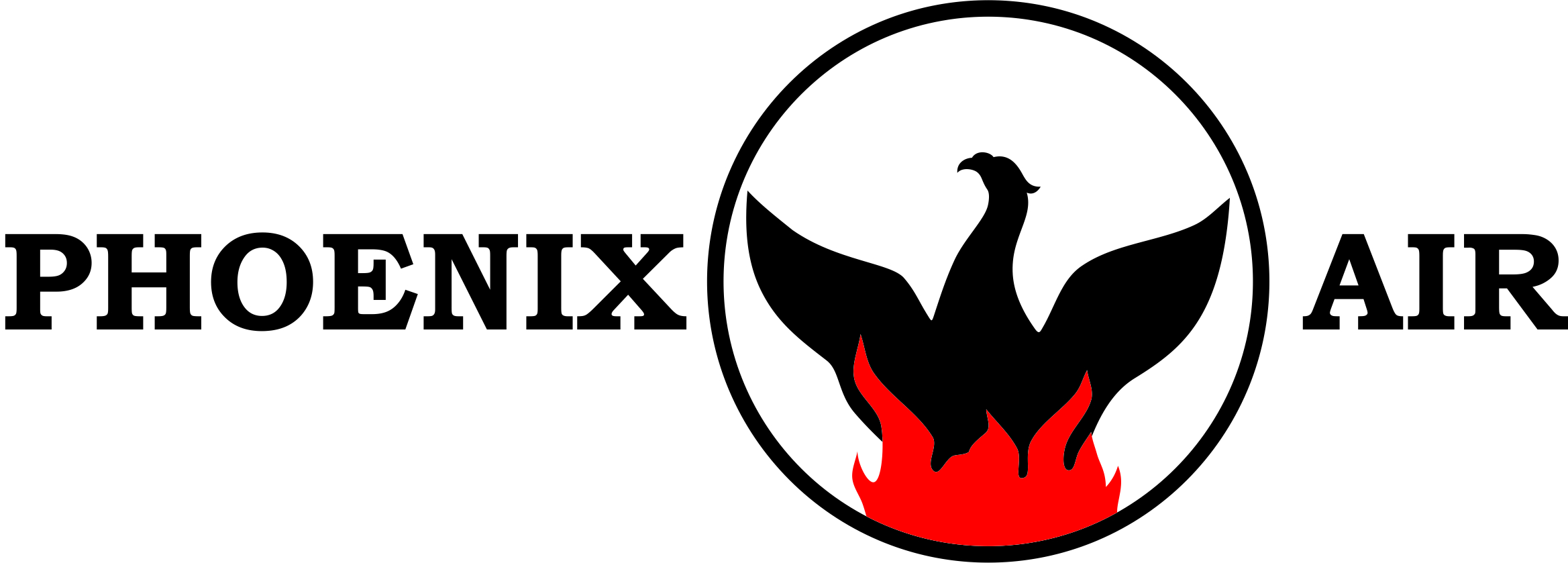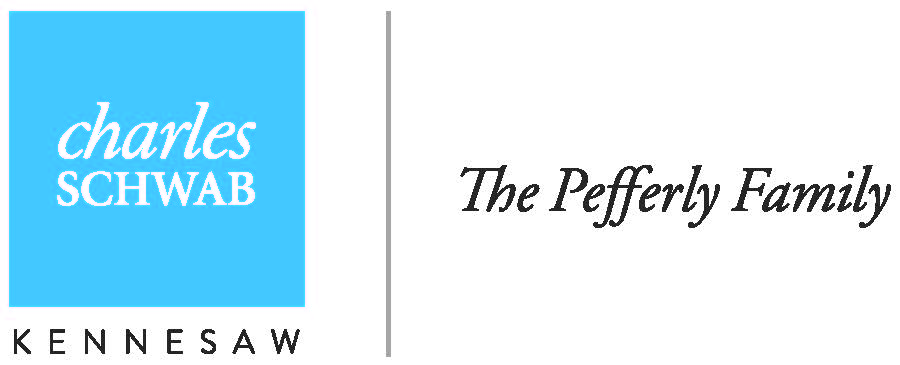Photography is a fine art medium. Booth Museum has acknowledged the growth, importance and impact of photography through the permanent collection, events and exhibition schedule. Throughout the history of the West, photography played an important role. It was used during the exploration of the West to document and publicize this relatively unknown part of the country to those residing in the East and photography itself benefitted from westward expansion as advancements in technology were moved forward in order to adapt to the varying conditions of the West. Many of the early important photographers worked in the West, including Ansel Adams.
Considered the greatest American photographer of the 20th Century, Ansel Adams was also a musician, conservationist, scientist and educator. His black and white images of the American West, especially in Yosemite National Park, are often reproduced for posters, calendars and in books, making his artwork widely recognized.
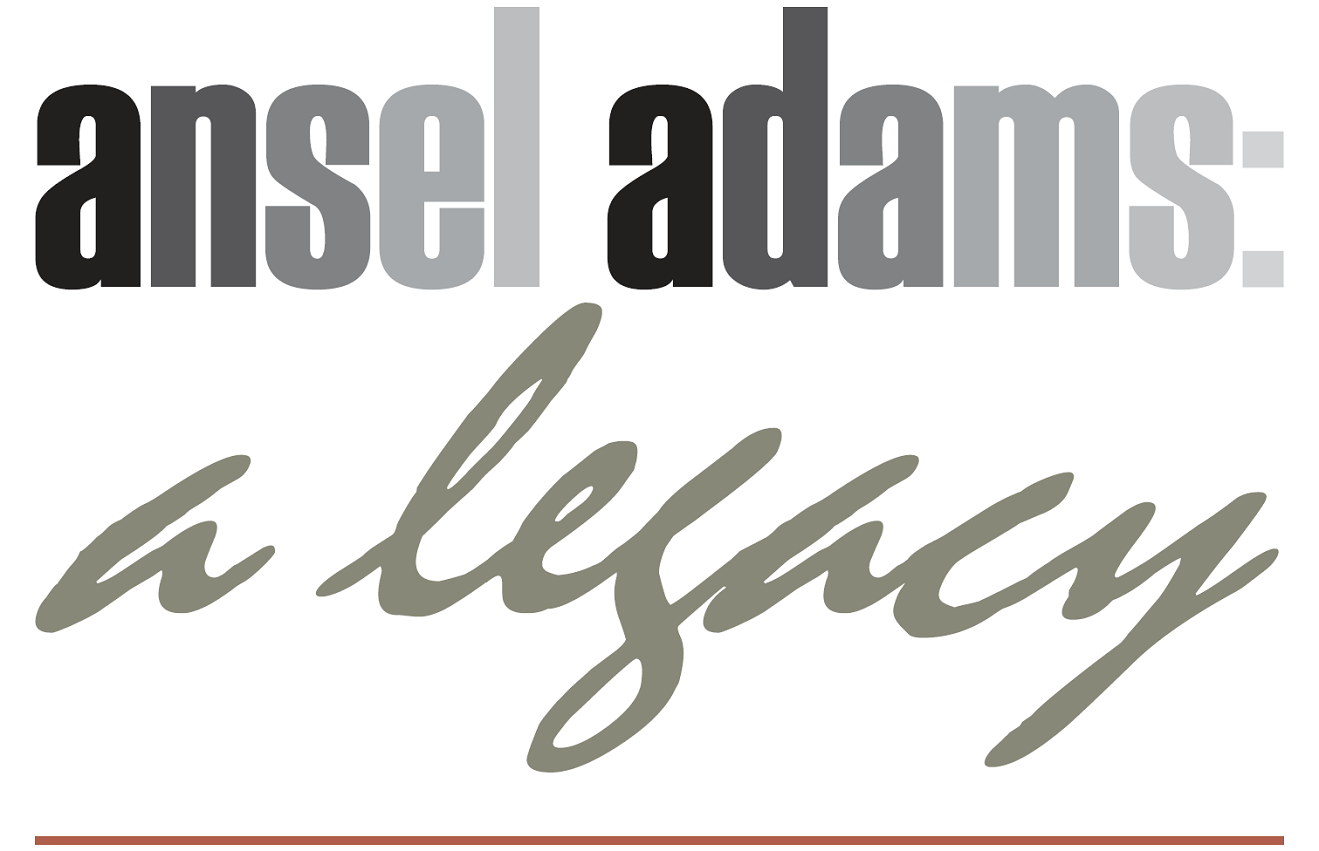
Your Content Goes HereOn September 25, 2010, Booth Museum opened Ansel Adams: A Legacy, the largest temporary exhibition to date at the Museum as well as the largest collection of Adams’ works to ever be displayed in the state of Georgia. The exhibition ran through March 13, 2011.
Ansel Adams: A Legacy paid tribute to his prominence through 130 photographs from his most representative subject areas. In addition to his iconic imagery of the West, also included were his cityscapes, still-life and portraits, all presented in the intimate scale Adams intended. The photographs in Ansel Adams: A Legacy were all hand-printed by Adams for the Friends of Photography, a group he helped found in 1967. These prints were first exhibited in Shanghai, China in 1983, and later served as the core of the Ansel Adams Center, a now defunct San Francisco museum. The collection is now owned by Tom and Lynn Meredith of Texas, who graciously lend it to museums around the country as part of their foundation’s educational mission. The immersive components in this exhibition highlighted this as well as the participatory relationship Adams aimed to have with succeeding generations who view his work.
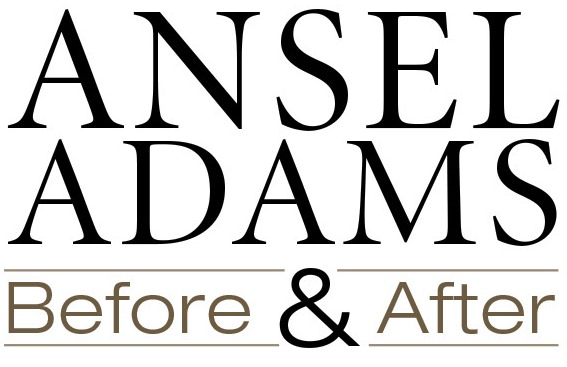
On November 14, 2015, Booth Museum opened Ansel Adams: Before & After, co-organized by Lumière Gallery of Atlanta and the Booth. This exhibition allowed visitors to experience the iconic work of famed photographer Ansel Adams in a new light – set among the work of his predecessors, peers and contemporary photographers. The exhibition ran through April 3, 2016.
Ansel Adams: Before & After highlighted Adams’ career, work and contributions to the field of creative photography of the 20th century. Featuring more than 100 images, including 23 original photographs by Adams, the display represented 26 more photographers who influenced Adams, worked at the same time as peers, or are contemporary artists and professional image-makers influenced by his legacy.
Influences on Adams’ early career comprised the initial part of the exhibition, including works by Alfred Stieglitz and Paul Strand. Important images by Edward Weston, Imogen Cunningham and Dorothea Lange represent California photographers who were Adams’ peers. Other peer photographers based in the West represented in the abstracted images of Brett Weston, a son of Edward Weston, and Pirkle Jones. Equally impressive were aerial photographs by Bradford Washburn, Al Weber and Julieanne Kost. Also included were a few fine images by an amateur photographer who became a prominent politician, Barry M. Goldwater. Amid these works was a selection of photographs by Ansel Adams from his Museum Set, given to his descendants including granddaughter Virginia Adams Mayhew, a noted jazz musician who has generously lent these works to this exhibition.
The second half of Ansel Adams: Before & After was comprised of works by contemporary photographers, many strongly influenced by Adams. Bob Kolbrener worked under him at his Yosemite workshops, while Cole Weston, another son of Edward Weston, and Brett’s daughter Cara, knew Adams as they were emerging photographers. Other contemporary masters included Al Weber, Robert Weingarten and Atlanta photographers Peter Essick and John Mariana. Some significant contemporary photographers influenced by Adams work primarily with color film and/or digital imaging. Much like Adams, these photographers have produced work with artistic integrity and are leaders in environmental conservation and technological innovation.

On April 8, 2017, Booth Museum opened Ansel Adams: The Masterworks, showcasing photographs from an edition known as The Museum Set, a concept originated by Adams and Margaret Weston, gallery owner and wife of photographer Cole Weston, aimed to meet the demand for Adams’ prints from museums and collectors. In the early 1980s, Adams hand selected, printed and signed his favorite photographs for members of his family. The 30 original prints in this exhibition belonged to the museum set owned by his granddaughter, Virginia Adams Mayhew, who graciously loaned her collection to the Booth. This exhibition ran through November 5, 2017.
Over the course of his career, Ansel Adams sought to elevate photography to fine art, comparable to painting, sculpture and music. Following the success of the two previous Adams’ exhibitions and in conjunction with the opening of Ansel Adams: The Masterworks, Booth Museum opened a permanent gallery dedicated to portraying American landscape, history, and culture through fine art and documentary photography. The Picturing America Gallery at Booth Museum is showcasing the best of contemporary/living photographers as a parallel to what is offered through the permanent collection in paintings and sculptures.
